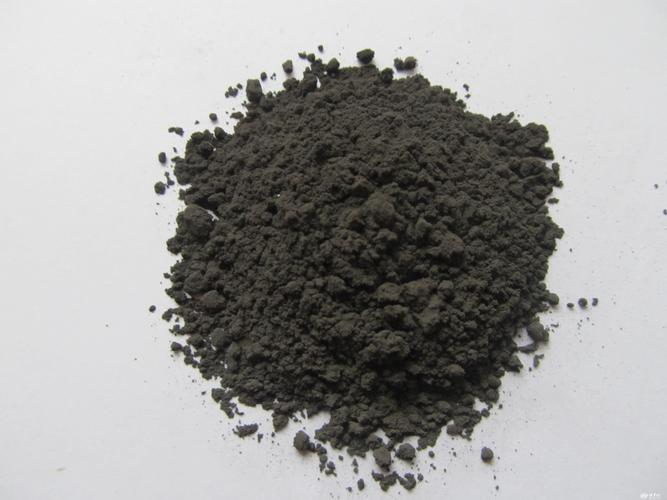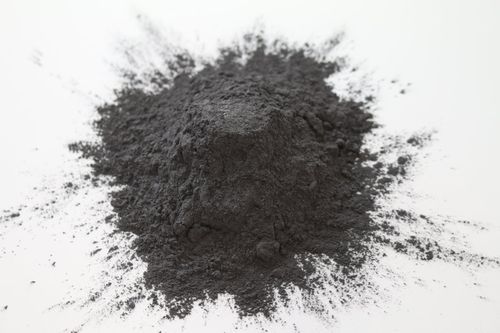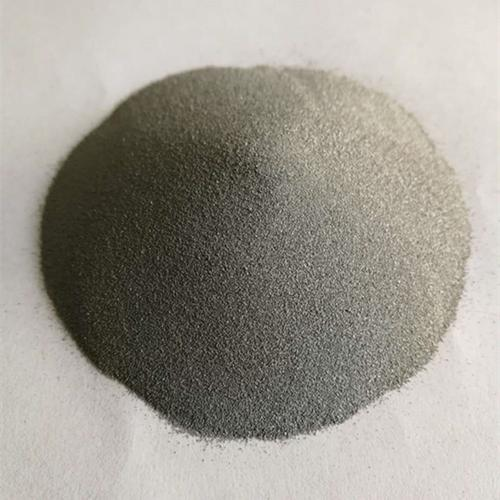**The Mysterious White Powder Invading Your Car Battery Area**
(Does A Battery Leak Cause A White Powder On Metal Near Car Battery)
Ever pop your hood and find a strange, crusty white powder coating the metal near your car battery? It looks like something spilled and dried out. You might wonder, is this battery leak damage? You are right to be concerned. That powder is a common sign of battery trouble. Let’s investigate this automotive mystery.
**1. What is the White Powder Near a Car Battery?**
That white, bluish, or greenish crust clinging to the battery terminals and nearby metal parts is battery corrosion. It is not just dirt. This powder forms due to a chemical reaction. Car batteries contain sulfuric acid. They also produce hydrogen gas during charging and discharging. Sometimes, small amounts of battery acid or vapor escape. This escape is a battery leak. The escaping acid vapor reacts with the metal terminals and connectors. These parts are usually lead. The reaction also involves the surrounding copper cables and any other nearby metal surfaces under your hood. The result is corrosion. This corrosion appears as that distinctive white, powdery deposit. It is often crystalline and can be crusty. Seeing this powder means chemicals are escaping from the battery. These chemicals are attacking your car’s metal components.
**2. Why Does a Battery Leak Cause This Corrosion?**
Battery leaks causing corrosion happen for several reasons. Batteries are filled with a strong electrolyte solution. This solution is mostly sulfuric acid diluted with water. During normal operation, batteries generate hydrogen gas. This gas is highly flammable. Overcharging the battery is a common problem. An old or faulty voltage regulator in your car’s charging system can cause overcharging. This forces too much current into the battery. It makes the battery get excessively hot. The heat causes the electrolyte solution inside to bubble and gas excessively. This generates a lot more hydrogen gas and acid vapor. The pressure inside the battery case builds up. Eventually, this pressure needs to release. Batteries have small vents designed for this. The vapor escapes through these vents. The vapor contains tiny droplets of sulfuric acid mist. This acidic mist settles on the battery terminals and any nearby metal. The acid reacts with the lead terminals. It also reacts with the copper of the cable connectors. The air contains oxygen. Moisture from the air also plays a role. The acid, the metal, the oxygen, and the moisture combine. This chemical reaction creates new compounds. These compounds are sulfates. Lead sulfate and copper sulfate are the main culprits. Lead sulfate is often white or light gray. Copper sulfate tends to be bluish-green. This mixture forms the crusty white powder you see. It is essentially battery acid eating away at your car’s metal parts.
**3. How to Safely Clean Battery Leak Corrosion?**
Finding corrosion means you need to clean it. Safety is crucial. Battery acid is dangerous. It can burn your skin and eyes. The corrosion powder itself is toxic. Always wear protective gloves and safety glasses. Rubber gloves work well. Do this in a well-ventilated area. Park the car outside. Turn off the engine completely. Disconnect the battery cables. Always remove the negative cable first. This is usually black and marked with a minus (-) sign. Loosen the clamp and lift it off the terminal. Secure it away. Then disconnect the positive cable. This is red and marked with a plus (+) sign. Keep it away from the negative terminal and any metal. Now, inspect the battery. Look for cracks or bulges. These mean the battery is likely bad and needs replacement. If the battery case looks okay, proceed with cleaning. Forget the old cola trick. Use a proper battery cleaning solution. You can buy battery cleaner sprays from auto parts stores. A simple homemade solution also works well. Mix a tablespoon of baking soda into a cup of warm water. Stir until dissolved. Baking soda neutralizes the acid. Pour this solution over the corroded terminals and affected metal parts. You will see it fizz. This fizzing means the baking soda is reacting with and neutralizing the acid. Use an old toothbrush or a dedicated battery brush. Scrub the terminals, cable clamps, and any metal brackets coated in the white powder. Scrub until the corrosion is gone and the metal looks clean. Rinse thoroughly with clean water. Use a spray bottle or damp cloth. Avoid getting excessive water into the battery vents. Dry everything completely with clean rags. Before reconnecting, apply a thin coat of battery terminal protector spray or petroleum jelly. This grease helps prevent future corrosion. Reconnect the cables. Attach the positive cable first. Then attach the negative cable. Make sure the connections are tight and secure.
**4. Applications: Preventing Battery Leak Corrosion**
Stopping corrosion before it starts saves trouble. Prevention is key. Regular inspections are your first defense. Pop the hood every month or two. Look at the battery terminals. Check the tray and nearby metal parts. Look for any signs of that white or greenish powder. Catching it early makes cleaning easy. Keeping the battery clean helps. Wipe away any dirt or moisture on the battery case. This reduces paths for electrical leakage. Ensure your battery is securely fastened. A loose battery can vibrate. Vibration damages the internal plates. This damage can lead to leaks. Check your car’s charging system. Have a mechanic test the alternator output and voltage regulator. Proper charging prevents overcharging. Overcharging is a major cause of gassing and leaks. Use battery terminal protectors. After cleaning, apply dielectric grease or a specific anti-corrosion spray. You can also use felt anti-corrosion washers. These washers fit around the terminals. They are soaked in a corrosion inhibitor. Replace old batteries. Most car batteries last 3-5 years. An old battery is more likely to leak and corrode terminals. If your battery is old, consider replacing it before it causes problems. Finally, park smart. Extreme heat speeds up battery chemical reactions. This increases gassing. Park in the shade or a garage when possible. This simple step extends battery life and reduces leak risks.
**5. Battery Leak Corrosion FAQs**
* **Is the white powder dangerous?** Yes. The powder contains lead sulfate and copper sulfate. These are toxic. Avoid breathing the dust. Avoid getting it on your skin. Wear gloves and eye protection when handling. Wash your hands thoroughly after cleaning.
* **Can corrosion drain my battery?** Absolutely. Corrosion builds up between the battery terminal and the cable clamp. This corrosion acts like an insulator. It prevents good electrical contact. Your battery might be fully charged. But the corrosion blocks the flow of electricity to start your car. You turn the key and hear clicking. The engine won’t crank. Cleaning the corrosion often solves this “dead battery” problem.
* **Does corrosion mean I need a new battery?** Not always. Corrosion is often a surface problem. Cleaning the terminals and cables might fix it. However, significant corrosion can indicate a failing battery. If the battery case is cracked or bulging, replace the battery immediately. If the battery is over 3-4 years old and corroding, replacement is a good idea.
* **Can I use water to clean the corrosion?** Plain water alone is not effective. Water might wash away some loose powder. But it won’t neutralize the acidic residue. You need a baking soda solution or commercial battery cleaner to neutralize the acid and stop the chemical reaction.
(Does A Battery Leak Cause A White Powder On Metal Near Car Battery)
* **Why does corrosion keep coming back?** Frequent corrosion return points to an underlying issue. The most common cause is an overcharging charging system. Get your alternator and voltage regulator checked. A failing battery that is gassing excessively is another cause. Old, damaged battery cables can also contribute. Solve the root problem to stop the corrosion cycle.
Inquiry us
if you want to want to know more, please feel free to contact us. (nanotrun@yahoo.com)


